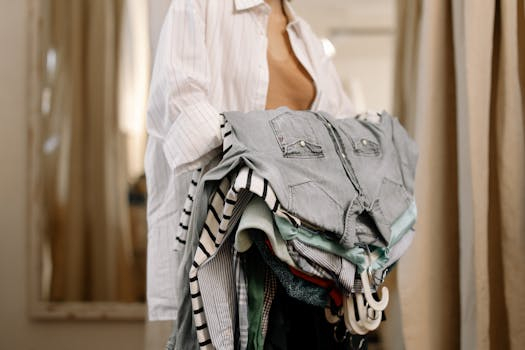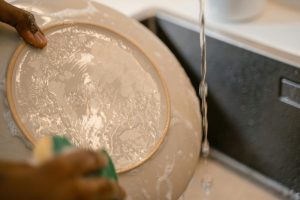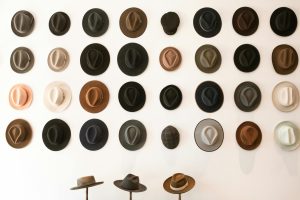Secondhand Luxury: The Boom in Pre-Owned Designer Goods
The fashion industry has always been synonymous with luxury, exclusivity, and high-end designer labels. However, in recent years, there has been a noticeable shift in consumer behavior towards secondhand luxury goods. The market for secondhand designer goods has grown tremendously, with more and more people opting to buy pre-owned luxury items instead of splurging on brand new ones. What used to be a niche market is now a booming industry, with the rise of online resale platforms and the changing attitudes towards sustainable fashion. Let’s explore the phenomenon of secondhand luxury and its impact on the fashion industry.
The Rise of Secondhand Luxury
In the past, buying secondhand was often associated with negative connotations such as poverty or being unable to afford new items. However, with the rise of social media and influencers, secondhand luxury has become a trend that is here to stay. The desire for luxury goods remains strong, but the way in which consumers are acquiring these goods has shifted.
One major factor contributing to this shift is the growing concern for sustainability and the environment. The fashion industry has long been criticized for its negative impact on the environment, with the production and disposal of clothing contributing to pollution and waste. As consumers become more conscious of their environmental footprint, secondhand luxury presents itself as a more sustainable option. By buying pre-owned designer goods, consumers are not only reducing their carbon footprint but also giving new life to items that would otherwise end up in landfills.
The Appeal of Pre-Owned Designer Goods
Aside from the environmental aspect, there are other factors that make secondhand luxury appealing to consumers. For some, it is the thrill of finding a rare or limited edition piece at a fraction of its original price. For others, it is the opportunity to own a piece from a high-end designer label that would have been otherwise out of their budget. Buying pre-owned designer goods also allows individuals to experiment with different styles and trends without committing to the hefty price tags.
The rise of resale platforms such as The RealReal, Rebag, and Vestiaire Collective has made it easier for consumers to access secondhand luxury goods. These platforms offer a curated selection of authenticated designer items, making the process of buying and selling pre-owned goods more convenient and trustworthy. The popularity of these platforms has also encouraged traditional luxury retailers to jump on the bandwagon. Luxury department stores such as Nordstrom and Selfridges have now introduced their own pre-owned sections, recognizing the potential of the secondhand luxury market.
The Impact on the Fashion Industry
The increased demand for secondhand luxury has undoubtedly disrupted the traditional fashion industry. Luxury brands are now facing the challenge of appealing to a new demographic of consumers who are more conscious of sustainability and value in their purchases. As a result, we have seen major luxury brands such as Burberry, Gucci, and Chanel starting to embrace the concept of circular fashion by offering repair services and recycling programs.
On the other hand, some argue that the rise of secondhand luxury could also have negative effects on the industry. With the accessibility and affordability of pre-owned designer goods, some fear that it may dilute the exclusivity and aspirational nature of luxury brands. This could lead to a decline in demand for new luxury items, ultimately affecting the profits of the brands.
The Future of Secondhand Luxury
It is clear that secondhand luxury is no longer just a trend, but a fundamental shift in consumer behavior that is here to stay. The focus on sustainability and conscious consumption will continue to shape the fashion industry, and the concept of circular fashion will become increasingly important for luxury brands to adapt to. We can also expect the secondhand luxury market to continue to grow and become more mainstream, with the potential for more technological advancements in authentication and purchasing processes.
In conclusion, the demand for secondhand luxury goods is a reflection of the changing values and attitudes of consumers towards fashion. It is a step towards a more sustainable and responsible approach to consumption, while still satisfying the desire for luxury and style. The boom of pre-owned designer goods is a force to be reckoned with, and it will undoubtedly continue to shape and disrupt the fashion industry in the years to come.









